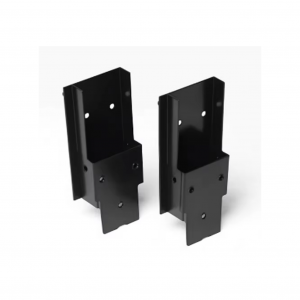Carbon Steel Elevator Guide Rail Joint Plate Size 10 Inch
Description
| Product Type | customized product | |||||||||||
| One-Stop Service | Mold development and design-submit samples-batch production-inspection-surface treatment-packaging-delivery. | |||||||||||
| Process | stamping,bending,deep drawing,sheet metal fabrication,welding,laser cutting etc. | |||||||||||
| Materials | carbon steel,stainless steel,aluminum,copper,galvanized steel etc. | |||||||||||
| Dimensions | according to customer's drawings or samples. | |||||||||||
| Finish | Spray painting, electroplating, hot-dip galvanizing, powder coating, electrophoresis, anodizing, blackening, etc. | |||||||||||
| Application Area | Elevator accessories, engineering machinery accessories, construction engineering accessories, auto accessories, environmental protection machinery accessories, ship accessories, aviation accessories, pipe fittings, hardware tool accessories, toy accessories, electronic accessories, etc. | |||||||||||
Advantages
1. More than 10 years of overseas trade expertise.
2. Provide one-stop service from mold design to product delivery.
3. Fast delivery time, about 25-40 days.
4. Strict quality management and process control (ISO 9001 certified manufacturer and factory).
5. Factory direct supply, more competitive price.
6. Professional, our factory serves the sheet metal processing industry and uses laser cutting technology for more than 10 years.
Quality management
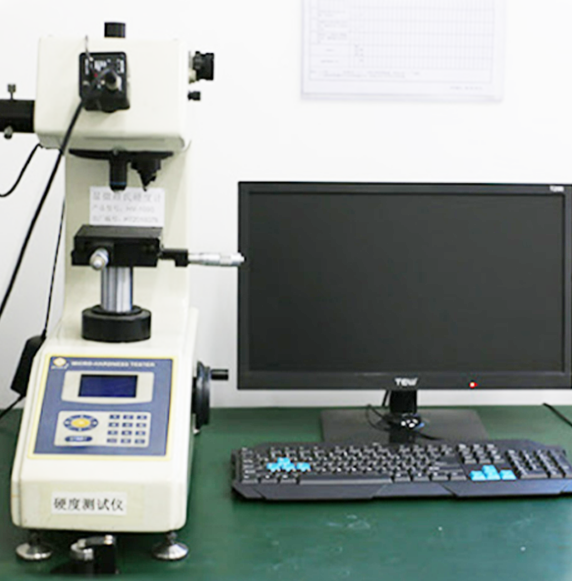
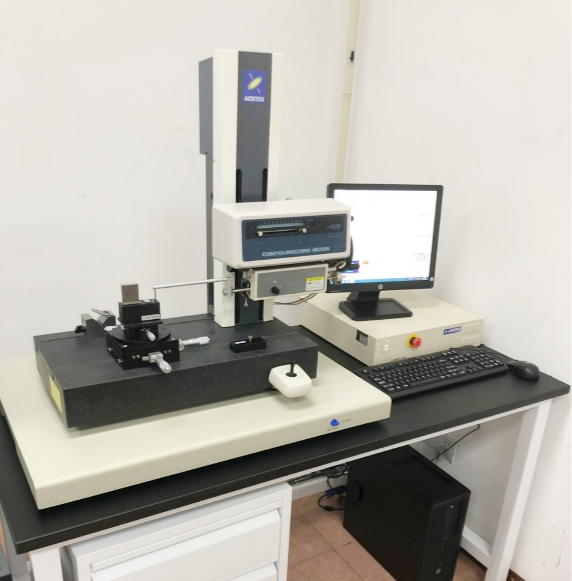
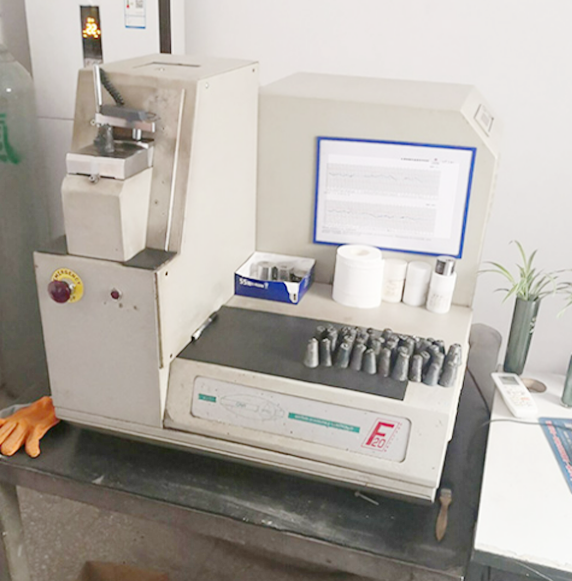
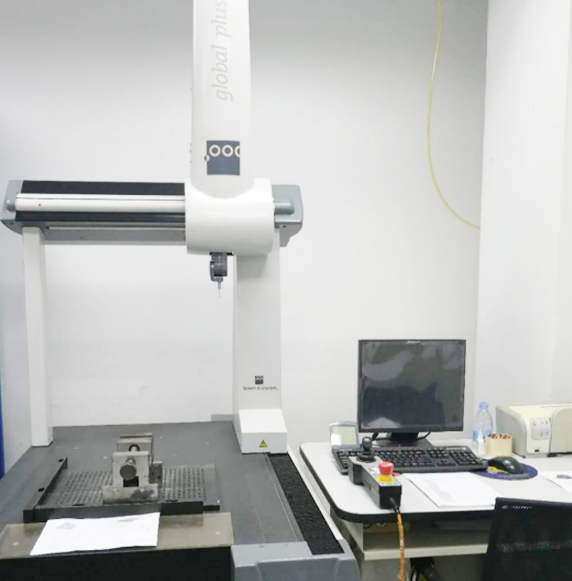
Vickers hardness instrument.
Profile measuring instrument.
Spectrograph instrument.
Three coordinate instrument.
Shipment Picture




Production Process
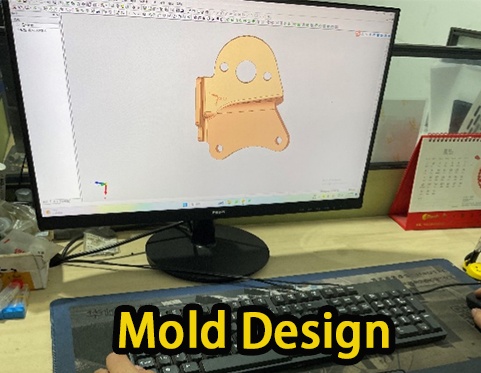
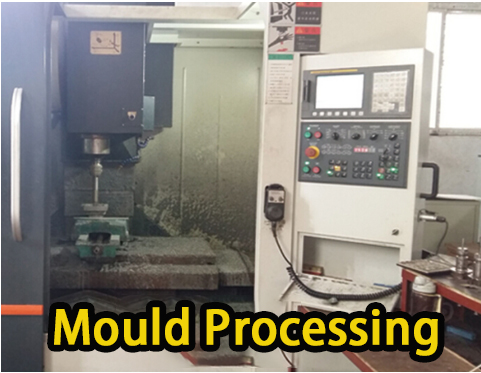
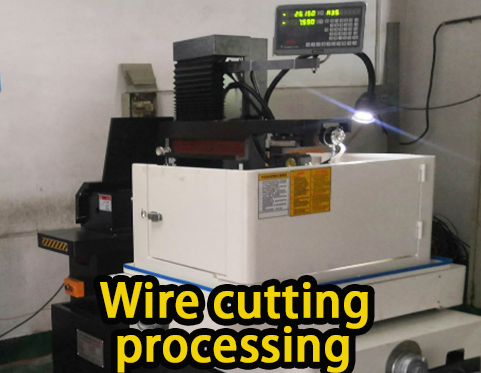
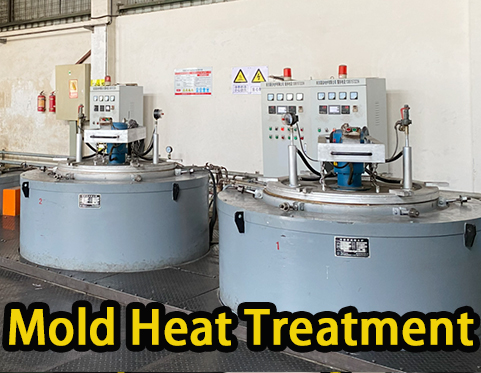
01. Mold design
02. Mould Processing
03. Wire cutting processing
04. Mold heat treatment
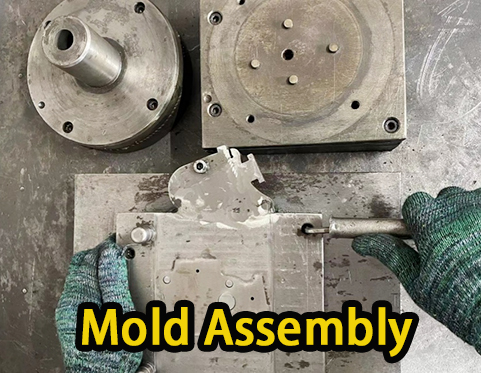
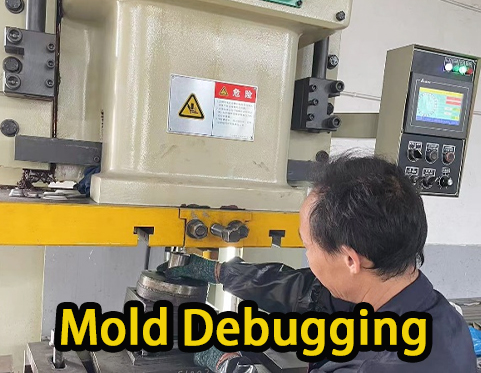
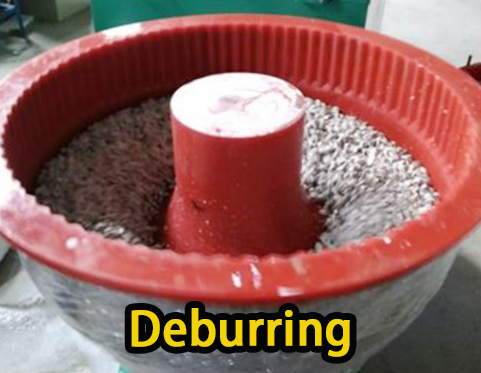
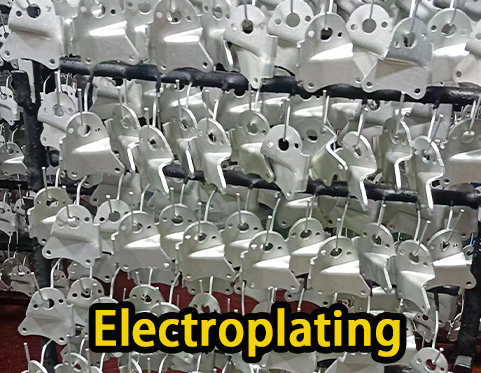
05. Mold assembly
06. Mold debugging
07. Deburring
08. electroplating

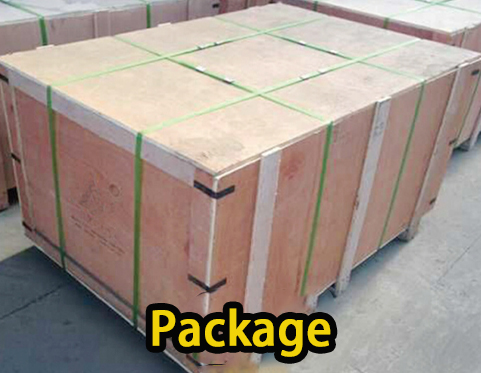
09. Product Testing
10. Package
Connector plate type
Elevator guide rail connector plates are mainly used to connect and fix elevator guide rails to ensure stability and continuity between guide rails. According to different standards, use environments and functional requirements, elevator guide rail connector plates can be classified as follows:
Classification by use
Standard connector plates:
Used for connecting general elevator guide rails to meet conventional installation requirements.
Reinforced connector plates:
Designed for high-load or high-speed elevators, providing additional strength and stability, usually thicker or using high-strength materials.
Seismic connector plates:
Specially designed for elevators with high seismic requirements, capable of absorbing and mitigating impact forces caused by earthquakes or vibrations.
Anti-corrosion connector plates:
The surface is treated with anti-corrosion or made of corrosion-resistant materials, suitable for use in high humidity or chemical corrosion environments.
Classification by surface treatment
Galvanized connector plates:
The surface is treated with hot-dip galvanizing or cold-dip galvanizing to enhance corrosion resistance, suitable for outdoor or high humidity environments.
Sprayed connector plates:
The surface is sprayed with coatings such as epoxy resin, polyester powder, etc. to improve corrosion resistance and aesthetics, usually used in high-demand environments or decorative elevators.
Phosphate-treated connecting plate:
The surface is phosphated to enhance adhesion and corrosion resistance, suitable for environments that require further spraying.
Classification by structural form
Flat connecting plate
The shape is a simple flat plate, commonly used for conventional elevator guide rail connections.
Angle connecting plate:
Designed with a specific angle, used to connect guide rails with angle requirements, or for special installation environments.
U-shaped connecting plate:
Designed in a U-shaped design, used for specific guide rail connections or fixation, providing additional stability.
Classification by installation position
Intermediate connecting plate:
Used for intermediate connections between guide rails to ensure the continuity and stability of the guide rails.
End connecting plate:
Used for end connections of guide rails, fix the end of the guide rail to prevent the guide rail from shifting or falling off.
Classification by guide rail type
T-type guide rail connecting plate:
Designed specifically for T-type guide rails, the shape and size match the T-type guide rails.
L-type guide rail connecting plate:
Suitable for L-type guide rails or other non-standard shapes of guide rails, usually requiring customized design.
There are many types of elevator guide rail connection plates, and the specific selection depends on the type of elevator, the use environment, the installation requirements and the load conditions. In practical applications, choosing the right type of connection plate is crucial to the safe operation and life of the elevator.
Xinzhe Metal Products can provide you with various types of guide rail connection plates, fixing brackets and fasteners. Welcome to consult.
About Transportation
Our Transportation Methods
Sea Freight: Suitable for large-volume orders, economical and affordable.
Air Freight: Suitable for urgent orders, fast and efficient.
Express Delivery: Suitable for small items and samples, fast and convenient.
Partners
We cooperate with well-known logistics companies such as DHL, FedEx, UPS, etc. to ensure high-quality transportation services.
Packaging
All products are packed with the most suitable materials to ensure that they are intact during transportation.
Transportation Time
Sea Freight: 35-40 days
Air Freight: 6-10 days
Express Delivery: 3-7 days
Of course, the specific time depends on the destination.
Tracking Service
Provide logistics tracking number to understand the transportation status in real time.




